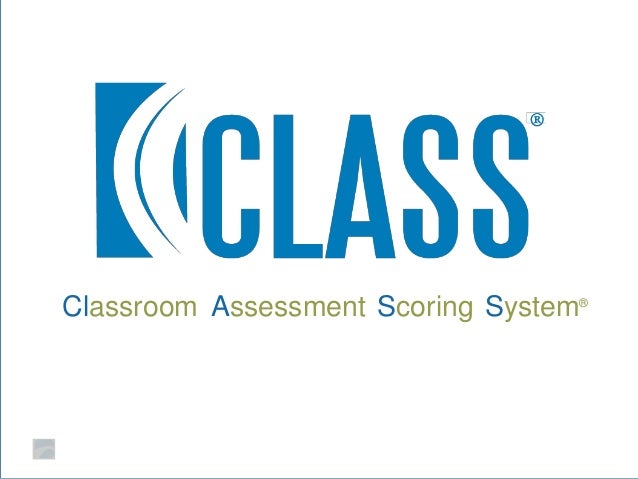Professional Hopes and Goals
After the recent event with a parent that I referenced in my discussion post, my hope is that we all not only become anti-biased educators but that we also find a way to teach others, such as the parents of our students, to be eradicate their biases. My center is a fairly happy and harmonious place where most families get along well and work together. However, recent events such as the one this past week remind me that there are still ripples and waves of racism in our midst.


My personal goal is to be able to handle these situations with grace while preserving the dignity of every parent in the situation. I was thoroughly caught off-guard by the microaggression displayed by this parent, but I stood my ground. I just wish that I had the skills to turn it into an educational opportunity or the parent rather than a "shut-down" type of situation. For the early childhood field as a whole, I would love to see more training on how to handle these types of situations, more writings and articles about how to prevent them, and more stories of how others have dealt with the "isms" in their educational settings.


I certainly want to thank all of you for your insights this term. This course has been eye opening and I consider it a privilege to have experienced it with all of you! I truly appreciate the diversity within our own group and the perspectives that you have ll brought to the discussions and blogs. I could not have possibly had a better group of colleagues with which to share this course, I am humbled by your experiences and the lessons I have learned form all of you. Thank you! Thank you! Thank you!




























